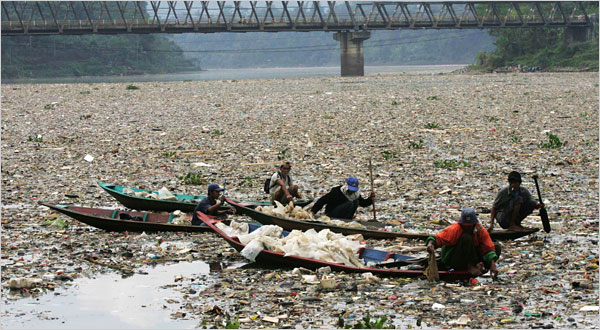Did the Butterfly Effect Help Clean a Polluted River?

Of course, this is not usually the case, though it sometimes is. The so-called “butterfly effect,” i.e., the massive and unpredictable results that sometimes derive from tiny and apparently irrelevant phenomena, got its name from the part of mathematics called “chaos theory” that states that, under the precise right conditions, huge typhoons can result from the flapping of a butterfly’s wings thousands of miles away from and two weeks before the actual event.
Here’s an excellent example from our world in the 21st Century: The massive effort to clean up the Citarum River in Indonesia. Why the Citarum? Yes, it’s filthy with pollution from 2000 different industrial companies dumping heavy metals and other toxins. Yet the world’s 400th largest river by basin area, the Athabasca in Western Canada, is 15 times larger than the Citarum.
Maybe it was young Gary Benchahib, who brought attention to its horrific levels of pollution he found when he and a friend paddled it on a boat constructed from plastic bottles they had collected from the swirling debris.
In any case, it’s famous now–and much cleaner–as a massive amount of work from thousands of people, including 7000 Indonesian troops who were deployed to help, has made an amazing difference.

Craig,
A very heartwarming and optimistic news story.